Meenakshi Amman Temple is a historic Hindu temple located on the southern bank of the Vaigai River in the temple city of Madurai, Tamil Nadu, India. It is dedicated to Parvati, known as Meenakshi, and her consort, Shiva, here named Sundareswarar. The temple forms the heart and lifeline of the 2,500-year-old city of Madurai and is a significant symbol for the Tamil people, mentioned since antiquity in Tamil literature.
Shrine’s History
Legend has it that the Meenakshi temple was founded by Indra. While he was on a pilgrimage to atone for his misdeeds. Indra felt his burden lifting as he neared the swayambu lingam of Madurai. He ascribed this miracle to the lingam and constructed the temple to enshrine it. Indra worshipped Shiva, who, in his grace, caused golden lotuses to appear in the nearby pool.Tamil literature speaks of the temple over the last two millennia. Thirugnanasambandar, the famous Hindu saint of Saiva philosophy, mentioned this temple as early as the 7th century and described the deity as Aalavai Iraivan.The initiative for some changes to the structure was taken first by Nayak king of Madurai, Viswanatha Nayak under the supervision of Ariyanatha Mudaliar, the prime minister of the Nayak Dynasty and the founder of the Poligar System.
The original design by Vishwanatha Nayak in 1560 was substantially expanded to the current structure during the reign of Thirumalai Nayak. Thirumalai Nayak took considerable interest in erecting many complexes inside the temple. His major contributions are the Vasantha Mandapam for celebrating Vasanthorsavam and Kilikoondu Mandapam. The corridors of the temple tank and Meenatchi Nayakar Mandapam were built by Rani Mangammal. During the period of early Pandian kings, the monarchy taxed the people for constructing this temple. People paid taxes and donations in the form of gold and silver. But the king wanted contributions as low as a bag of rice, which would help in feeding the masons who constructed the temple. So the kings also collected one handful of rice daily from each house.
Thus, people from all sectors of life contributed in building the temple, and every family in Madurai has an emotional attachment to the temple. Rous Peter, the Collector of Madurai in 1812, was nicknamed ‘Peter Pandian as he respected and treated people of all faiths equally. He donated a set of golden stirrups studded with diamonds and red stones to the temple. Goddess Meenatchi is believed to have saved Rous Peter from a fatal incident. He also wished that after his death, his body be buried in a position that would enable his eyes to face the temple.
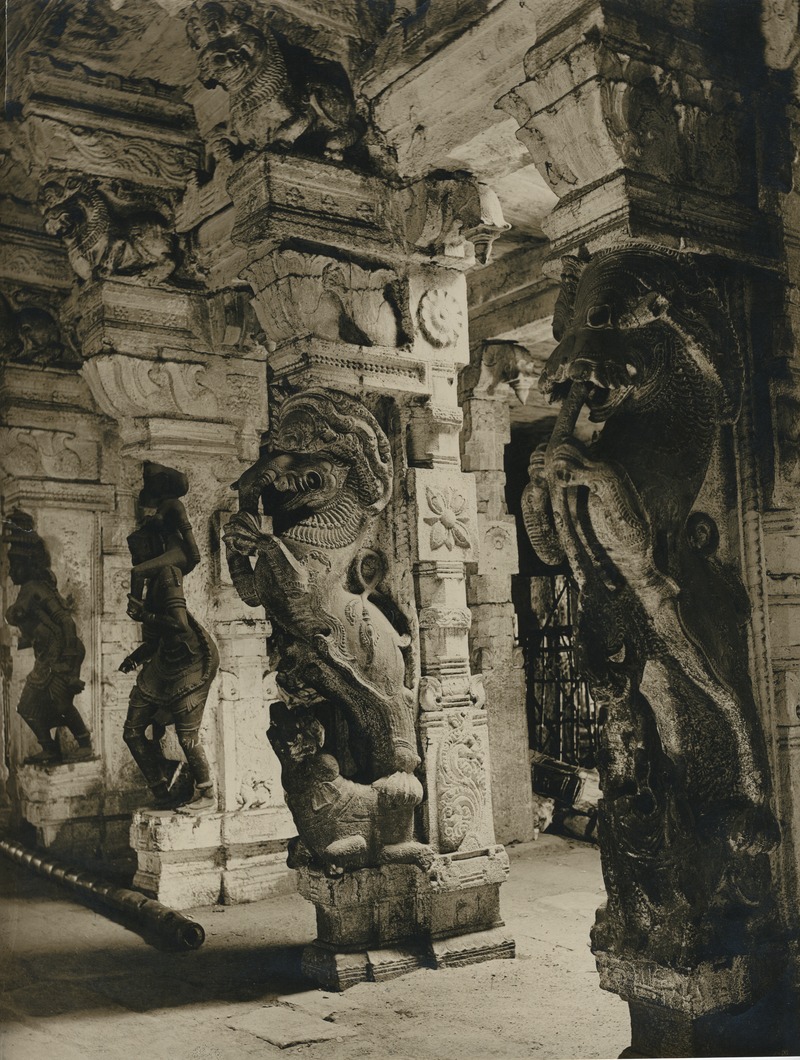
Legends Associated with This Shrine
Meenakshi is a form of the Hindu goddess Parvati – the consort of Shiva, one of the many Hindu female deities to have a major temple devoted to her. The name “Mīnachchi” means fish-eyed and is derived from the words “mīna” meaning fish and “akṣi” meaning eyes. The goddess Meenakshi is the principal deity of the temple, not Sundareswarar, unlike most Shiva temples in South India where Shiva is the principal deity.According to Hindu legend, in order to answer the prayers of the second Pandya king Malayadwaja Pandya and his wife Kanchanamalai, Parvati appeared out of the holy fire of the Putra Kameshti Yagna performed by the king.
According to another legend, the goddess herself gave notice to Kanchanamalai in one of her previous births that Kanchanamalai would have the privilege of mothering the goddess. The girl who came out of the holy fire had three breasts. A voice from the heavens told the king not to worry about the abnormality and added that the third breast would vanish as soon as the girl met her future husband.The happy king named the girl “Tadaatagai” and as the heir to the throne, Tadaatagai was trained carefully in all the 64 sastras, the fields of science. As the time came for Tadaatagai’s coronation, she had to wage war in three worlds encompassing eight directions. After conquering Brahma’s Abode, Sathyaloka, Vishnu’s Abode, Vaikunta, and Devas’ abode Amaravati, she advanced to Shiva’s Abode Kailasha. She easily defeated the bhoota ganas and Nandi, the celestial bull of Shiva, and headed to attack and conquer Shiva. The moment she looked at Shiva, she was unable to fight and bowed her head down in shyness, and her third breast vanished immediately.Tadaatagai realised that Shiva was her destined husband. She also realised that she was the incarnation of Parvati. Both Shiva and Tadaatagai returned to Madurai and the king arranged the coronation ceremony of his daughter, followed by her marriage to Shiva.
The marriage was to be the biggest event on earth, with the whole earth gathering near Madurai. Vishnu, the brother of Meenakshi, prepared to travel from his holy abode at Vaikuntam to preside over the marriage. Due to a divine prank, he was tricked by the Deva, Indra and was delayed on the way. After the marriage, the pair ruled over Madurai for a long time and then assumed divine forms as Sundareswarar and Meenakshi, the presiding deities of the temple. Following the tradition, every evening, before closing the temple, a ritual procession led by drummers and a brass ensemble carries the image of Sundareswarar to Meenakshi’s bedroom to consummate the union, to be taken back the next morning at the dawn. The marriage is celebrated annually as Chithirai Thiruvizha in Madurai. During the period of Nayakar rule in Madurai, the ruler Thirumalai Nayakar linked the festival.
Architectural Relevance of This Shrine
The temple is the geographic and ritual center of the ancient city of Madurai and one of the largest temple complexes in Tamil Nadu. The temple complex is divided into a number of concentric quadrangular enclosures contained by high masonry walls. It is one of the few temples in Tamil Nadu to have four entrances facing four directions. Vishwantha Nayaka allegedly redesigned the city of Madurai in accordance with the principles laid down by the Shilpa Shastras relevant to urban planning. The city was laid out in the shape of a square with a series of concentric streets culminating from the temple.
These squares continue to retain their traditional names, Aadi, Chittirai, Avani-moola and Masi streets, corresponding to Tamil month names.Ancient Tamil classics mention that the temple was the center of the city and the streets happened to be radiating out like a lotus and its petals. The temple prakarams and streets accommodate an elaborate festival calendar in which dramatic processions circumambulate the shrines. The vehicles used in the processions are progressively more massive the further they travel from the centre
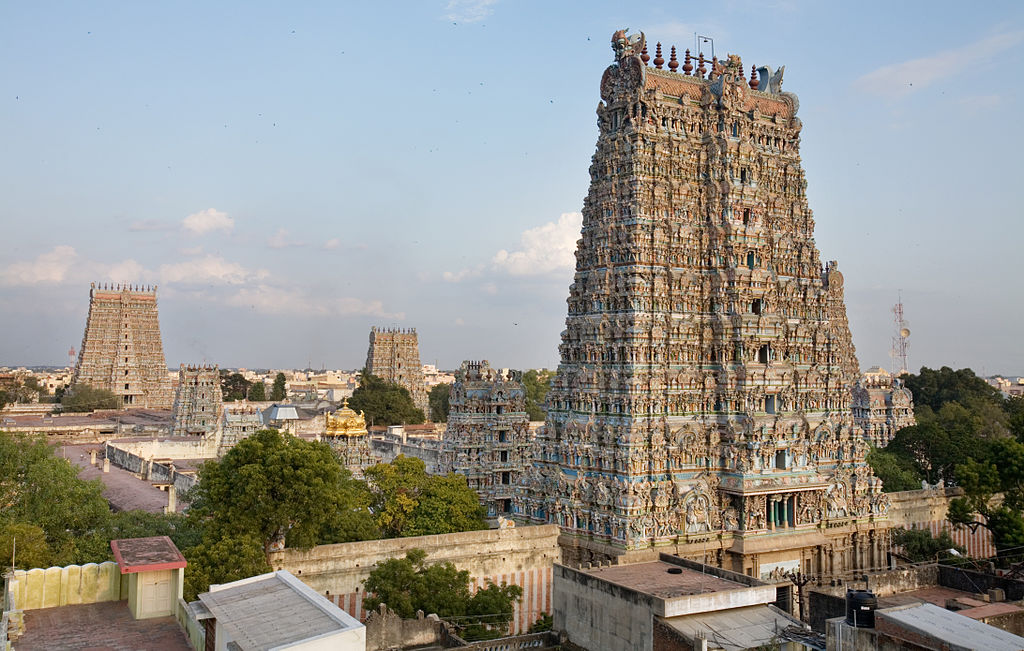
Shrine’s Map Location and How to Go There
By Road
Madurai city has 5 Major Bus Stands- Periyar Bus Stand, Anna Bus Stand, Palanganatham Bus Stand, Arapalayam Bus Stand, Mattuthavani Bus Stand and probably to all parts of major cities in south India.
By Rail
The nearest railway station is Madurai Railway station 2 Km.
By Air
The nearest airport is Madurai Airport is located 12 kilometres from the city. It is one of the important airports in Tamil Nadu. It offers domestic flight services to major cities in India and international services.
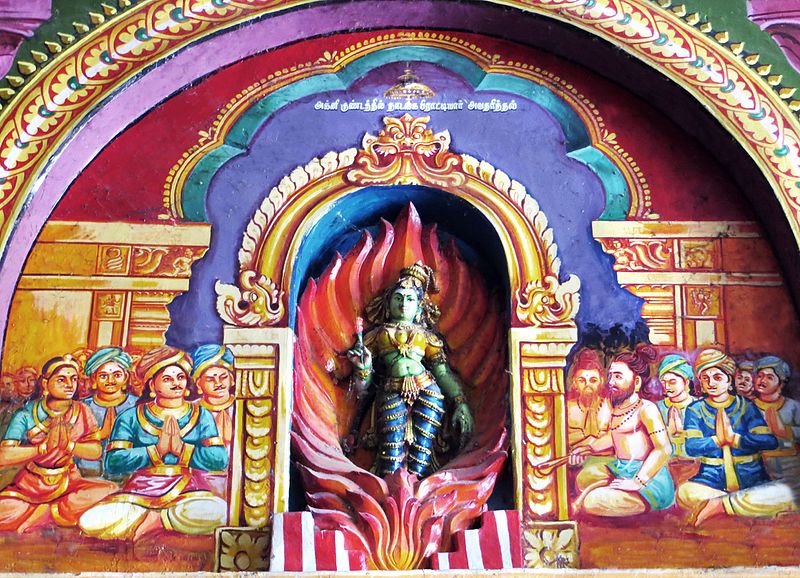
Events Celebrated at This Shrine
Chitra festival, Avanimoola festival, Masi Mandala festival, Float festival, and Navarathri cultural festival.

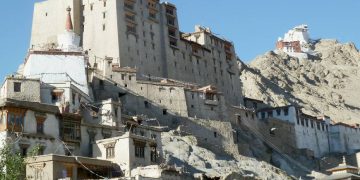

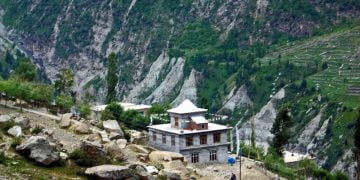
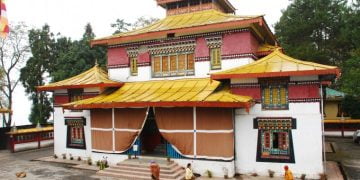

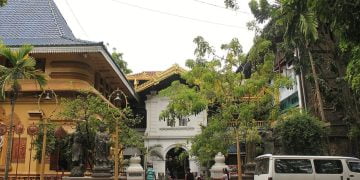
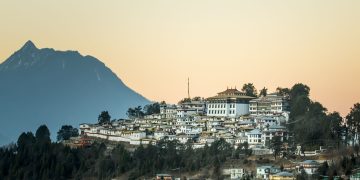
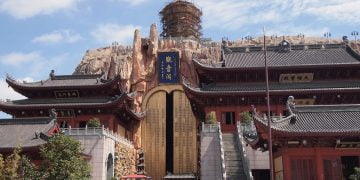
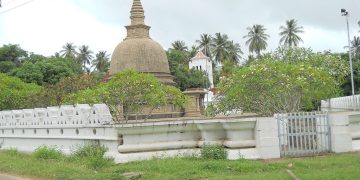
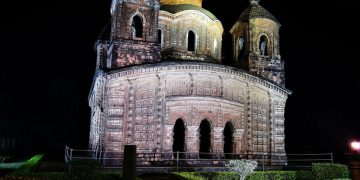
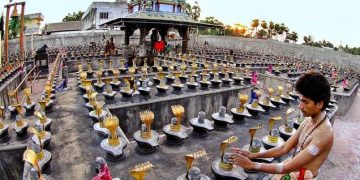

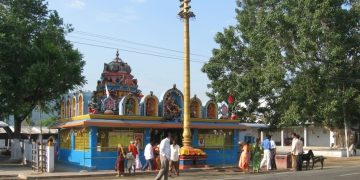
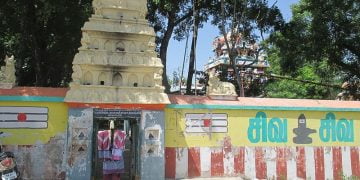
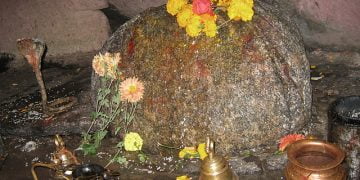
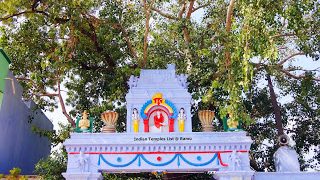
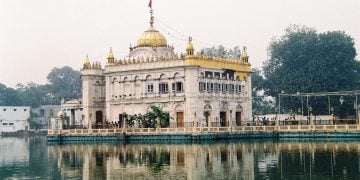
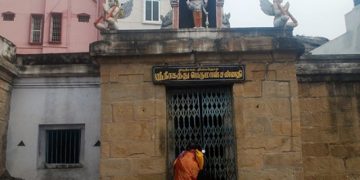
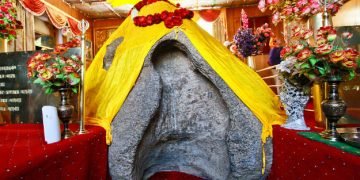
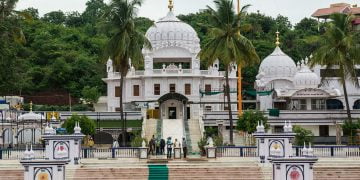

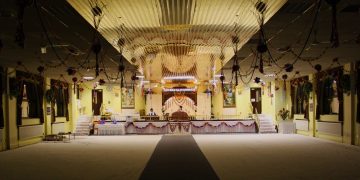
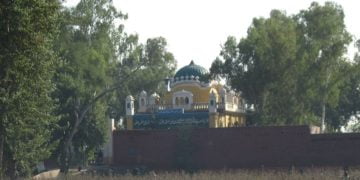
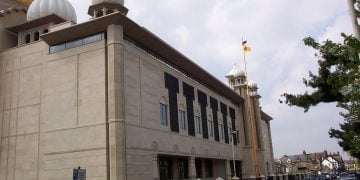
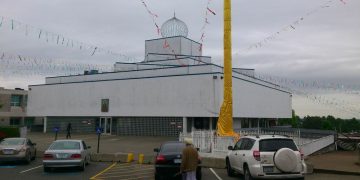
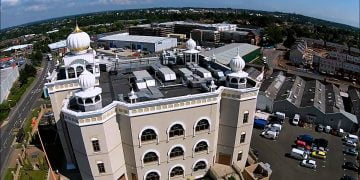
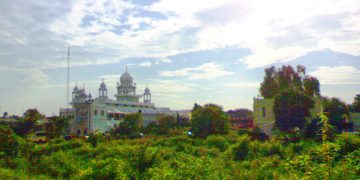
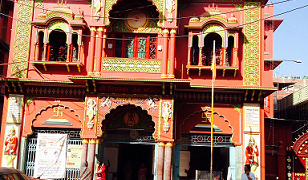
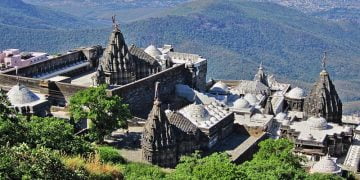
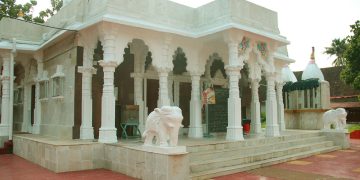
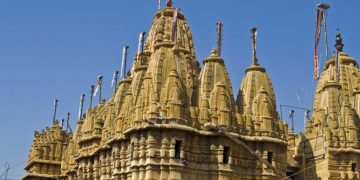
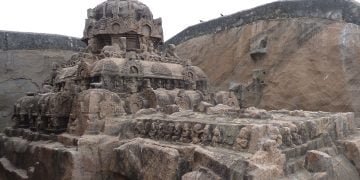
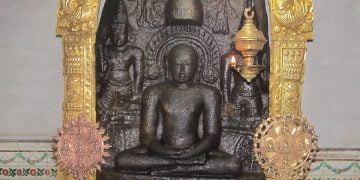
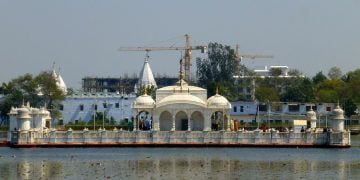

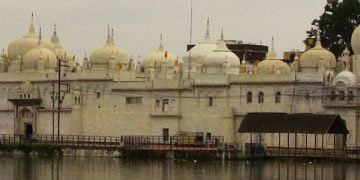

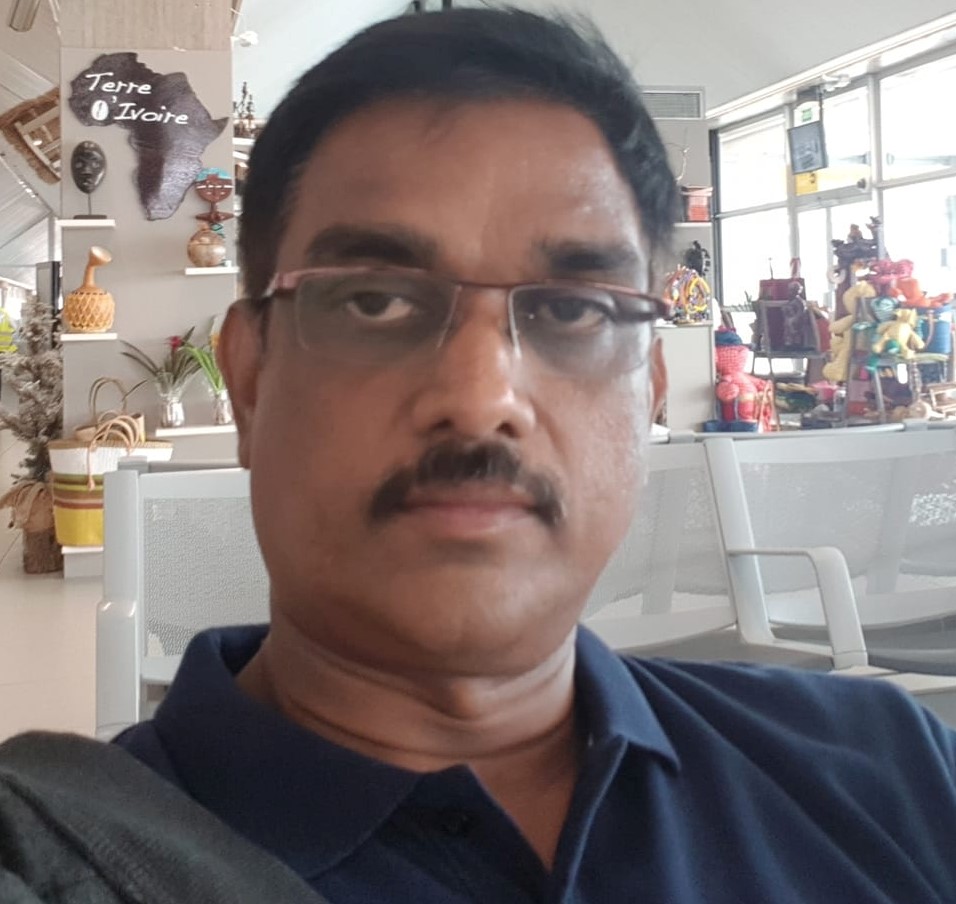
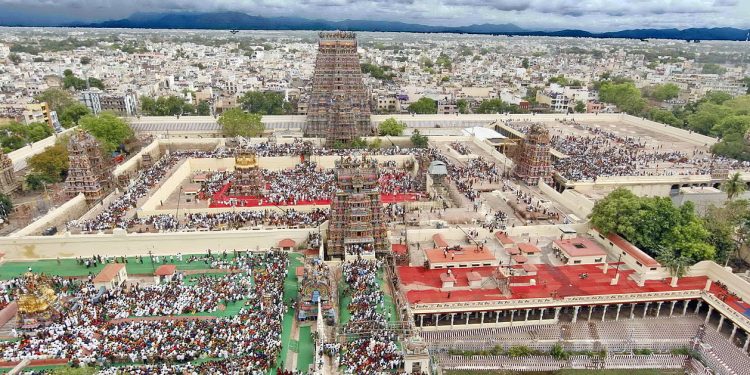

Discussion about this post